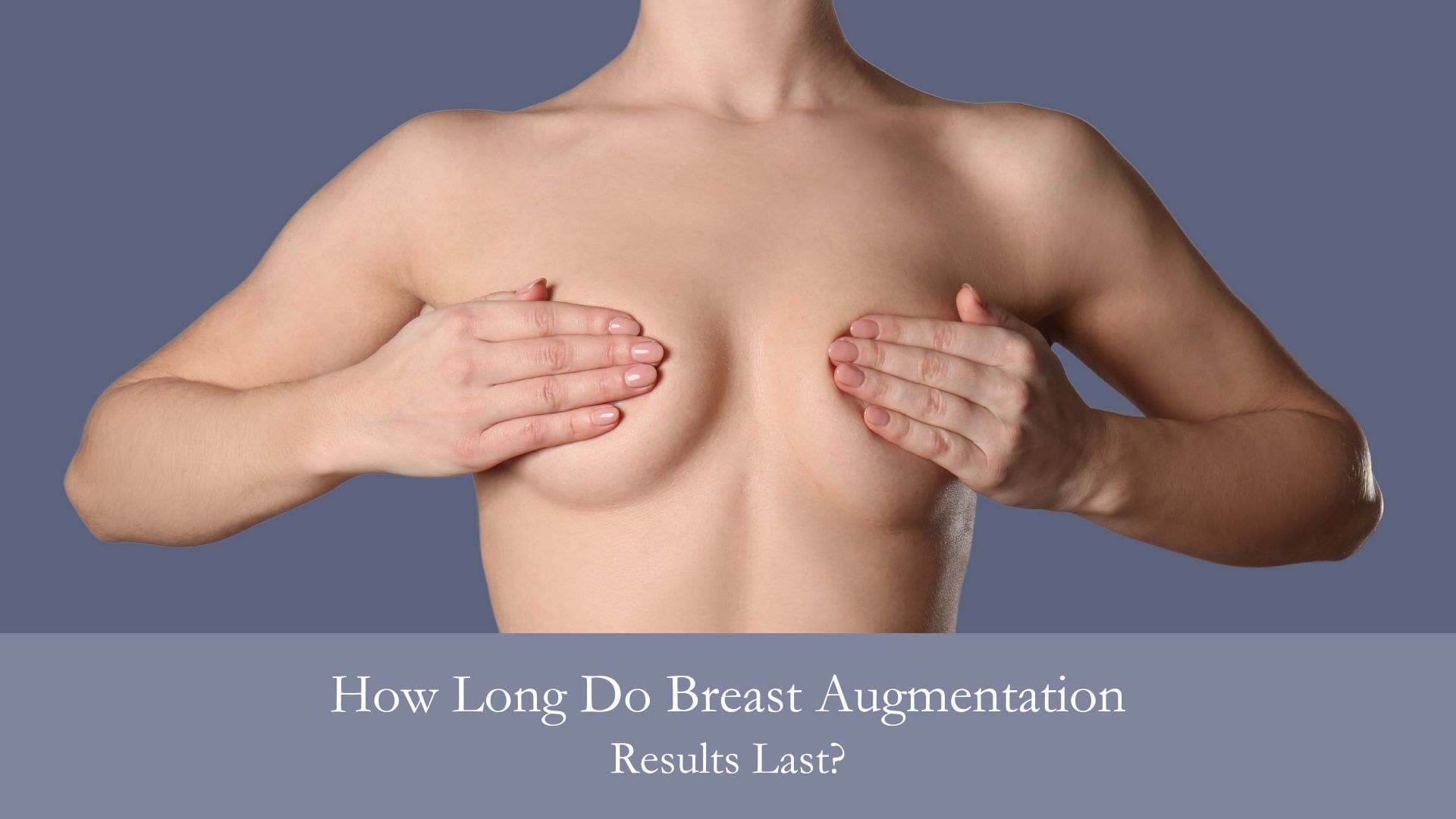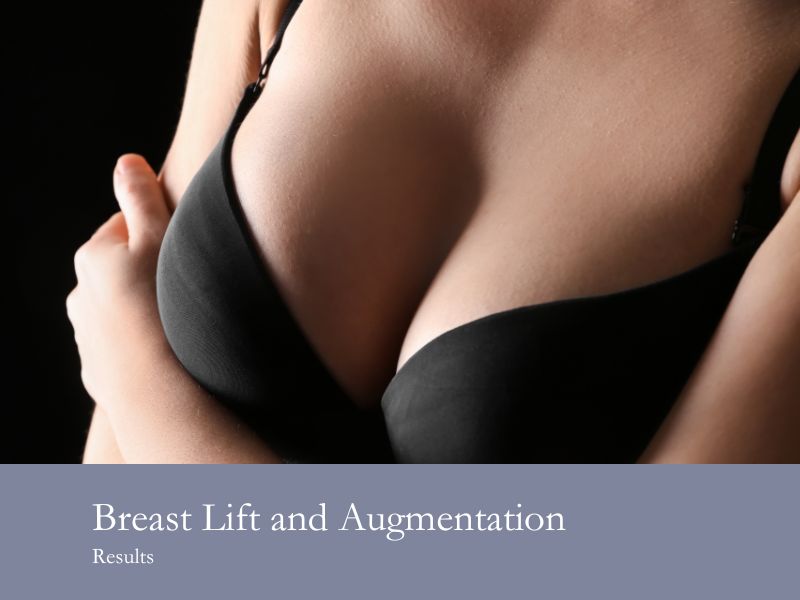When you commit to getting breast implants in Fort Lauderdale, you naturally want your breast augmentation results to last for as long as possible. Still, it’s easy to wonder just how long breast implants will actually last and whether your breast augmentation results will truly be permanent.
While the longevity of implants can vary depending on different factors, knowing what to expect can help ease your concerns. Breast implants, when cared for properly, can provide many years of satisfaction. Let’s explore what factors influence their lifespan and how to make sure your breast augmentation results last as long as possible.
Table of Contents
How Long Do Breast Implants Usually Last?
On average, breast implants last between 10 and 20 years. However, the longevity of your implants depends on several factors including the type of implant, the surgical procedure, and your own body’s response to the implants. Some people may find their implants last longer, while others may need a breast implant removal and replacement sooner.
Typically, breast implants are durable, but as time passes, they can be affected by changes in breast tissue, weight fluctuations, and even the natural aging process. Regular breast surgery follow-ups with your breast augmentation surgeon will help monitor the condition of your implants.
What Impacts Breast Implant Results?
Type of Implants
The type of breast implants you choose plays a significant role in how long your implants will last. Silicone implants (silicone gel implants), for example, tend to maintain their shape and feel for a longer period than saline implants. However, all implants, including saline and silicone breast implants, will eventually wear down due to factors like capsular contracture or implant rupture. Breast implant size can also play a role.
 Breast Tissue and Natural Changes
Breast Tissue and Natural Changes
The condition of your natural breast tissue and the changes it undergoes over time can impact the appearance and longevity of your implants. Pregnancy, weight loss, and age can cause your breasts to sag or lose volume.
These factors may affect the position and look of your breast implants, but they don’t necessarily mean that your implants need to be replaced. If you experience significant weight loss or sagging breasts, a breast lift or additional breast augmentation surgery may help maintain your desired results.
Lifestyle and Activities
Your lifestyle also plays a role in how long your implants last. For example, heavy lifting or certain physical activities can put stress on the chest wall and potentially affect the integrity of your implants.
It’s important to follow your breast augmentation surgeon’s post-operative guidelines to avoid complications and ensure your implants stay in great condition. Regular exercise, a healthy diet, and avoiding activities that put unnecessary strain on your chest can all contribute to longer-lasting results.
Signs Breast Implants Need Replacing
Naturally, any serious health condition or problem with your breast health, such as diabetes or breast cancer, may require having your implants removed via revision breast augmentation procedures. This will be up to the discretion of your attending physicians and plastic surgeon.
In all other cases, the following is a list of the most typical reasons for needing plastic surgery to remove and/or replace your implants.
Implant Rupture
One of the most obvious signs that your implants need replacing is a rupture. Silicone gel implants are designed to maintain their shape, but a rupture can still occur over time.
If you notice changes in the size or shape of your breasts, or if you experience discomfort or pain, it could be due to a ruptured implant. A breast augmentation consultation with your surgeon can help assess whether a rupture is to blame for any changes.
Capsular Contracture
Breast implants typically do not cause capsular contracture, but it is a possibility. Capsular contracture is when scar tissue forms around the implant and tightens, causing discomfort, distortion, or even pain.
This condition can lead to changes in the shape of the breast and may require implant replacement. If you experience hardening of the breast tissue, especially if the nipple pain after breast augmentation becomes noticeable, it’s important to consult with your surgeon.
Aesthetic Changes
If the aesthetic of your implants no longer aligns with your expectations, it may be time for a change. This can occur as a result of implant shifting, changes in the surrounding tissue, or simply due to natural aging. Sagging breasts, changes in breast shape, or dissatisfaction with the size and volume of your implants can all indicate that replacement may be necessary.
FAQs: Breast Implant Surgery
How long for final results of breast augmentation surgery?
It can take several months for the swelling to fully subside and for the final breast augmentation results to become visible. While the majority of swelling typically goes down within a few weeks, the final results can take anywhere from 6 months to a year to be fully realized. It’s important to be patient during the recovery period as the implants settle into their final position.
 Can I get a breast lift with breast augmentation surgery?
Can I get a breast lift with breast augmentation surgery?
Yes, a breast lift and augmentation procedure can be combined. This combined breast augmentation surgery lifts sagging breasts while enhancing volume through implants.
Many women choose this option for more youthful, larger breasts. It’s important to discuss your goals with your surgeon to ensure the best outcome for your breast lift and augmentation results.
How long do fat transfer breast augmentation results last?
Fat transfer breast augmentation results can last for many years, though some of the transferred fat may be naturally absorbed by the body over time. The final result depends on factors like lifestyle, weight fluctuations, and the body’s response. Regular follow-ups with your surgeon help monitor long-term outcomes.
What happens if my breast implants need to be replaced?
If your implants need to be replaced due to complications like rupture or capsular contracture, your breast augmentation surgeon will help guide you through the process. Typically, implant replacement involves a similar procedure to the original surgery, with your surgeon carefully removing the old implants and replacing them with new ones.
Will insurance cover breast implants?
In most cases, no. However, rarely, insurance may pay part or all of the surgery costs—for example, if you’ve had a lumpectomy or mastectomy due to breast cancer and want to undergo reconstructive breast surgery with implants.
Book Your Consultation Today
For those looking for expert guidance on maintaining breast augmentation results and learning about further options, consider scheduling a consultation with plastic surgeon Dr. Sanam Zahedi.
Dr. Zahedi specializes in breast enhancement and can provide you with the information and care you need for beautiful, lasting results. Contact Dr. Zahedi today to book your consultation and take the first step toward achieving your ideal breast augmentation results.


 Breast Tissue and Natural Changes
Breast Tissue and Natural Changes Can I get a breast lift with breast augmentation surgery?
Can I get a breast lift with breast augmentation surgery?